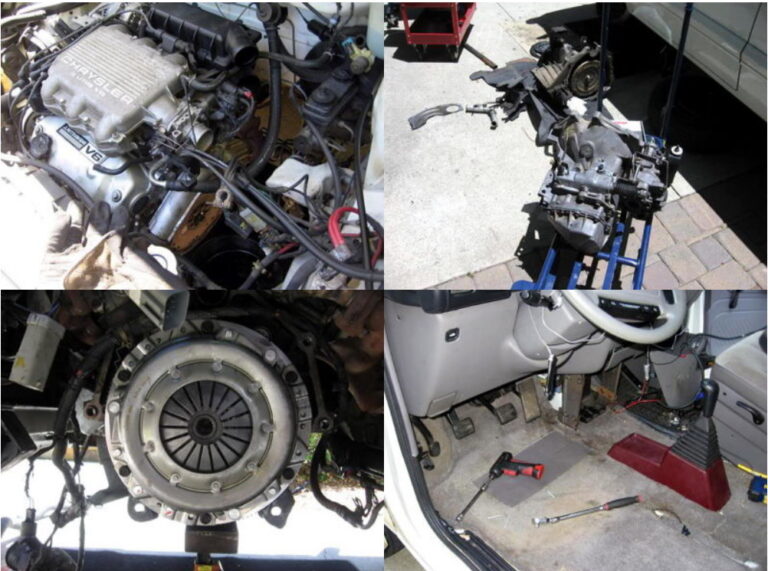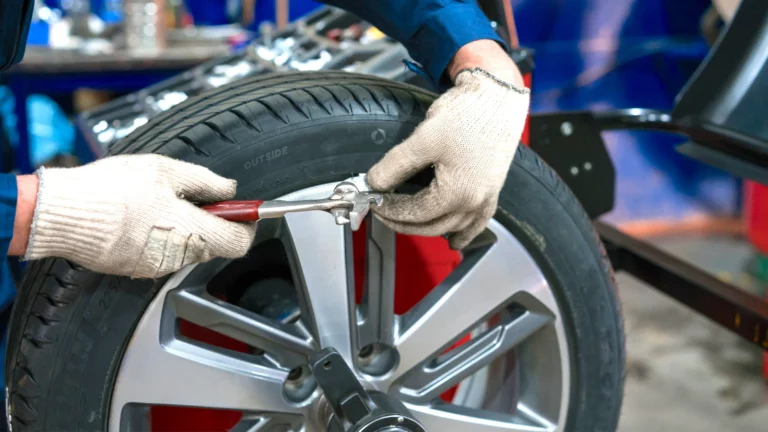Extrude Hone
Last Updated on July 22, 2024 by Mutiara
The quality of a hand PnP (port and polish) job cannot be compared to that of EH (Extrude Hone). Knowing and understanding how EH works eliminates any question regarding to which is better and how the processes are different.
A human cannot reach all the same areas and remove material as accurately as EH. The biggest disadvantages with hand porting and port matching is that it is hard to achieve great depth, and most depths range in 1-2″. This does create results, usually in the positive if done right to correct areas, however consistency is not guaranteed and mistakes can be made.
The only reason EH might not yield gains across the entire rev band would be due to improper port matching. The concept of distributed forces over an area (i.e. pressure) being used to refine the surface and remove material from a closed passage is superb. The surface finish that results from EH is ideal for maintaining the boundary layer and improving flow.
With EH, the abrasive media is exerting equal pressure in all directions and an equivalent amount of material is removed from the entire passage, the venturi shape or relative geometrical shape should not change dramatically. Increasing the overall cross sectional area slightly may have less of an effect on velocity than simply reaching in with a grinding tool and removing gross amounts of material where you can gain access. The valve opening was actually the throat or smallest section of the venturi where fluid (air & gas mixture) velocity was supposed to be the fastest.
EH works by injecting abrasive paste at high pressure into manifold, intake runners, and heads to prot the entire runner. This creates a smooth mirror like finish. All of the runners are cut at the same time with equal pressure and abrasive, thus ensuring consistent results in all of the runners.


